The agricultural sector has emerged as a key point of focus in the preliminary stages of India-US trade discussions. With both nations striving to strengthen bilateral relations and tap into mutual economic opportunities, agricultural trade presents a critical area ripe for collaboration. But why is agriculture so vital in these trade talks, and what could it mean for farmers, trade analysts, and policymakers alike?
This blog dives into the reasons agriculture is taking center stage, the challenges and opportunities that lie ahead, and what we can expect from the evolving India-US trade landscape.
Strengthening India-US Relations Through Agriculture
India and the United States have enjoyed diplomatic ties for decades. Recently, however, the push to deepen economic cooperation has gained significant momentum. Agriculture will undoubtedly play a key role in driving this partnership forward.
Why Agriculture Matters
Agriculture isn't just another trade category—it’s the backbone of India’s rural economy and plays a massive role in the livelihoods of millions of farmers.
- For India: Agriculture remains a critical sector, contributing around 18–20% to its GDP and employing over 40% of the workforce. Creating export channels to developed markets like the United States is vital for uplifting the sector.
- For the US: The US commands one of the largest agricultural export profiles globally. Partnering with India offers opportunities to tap into a colossal consumer base while benefiting from mutual learning and resource sharing in farming technologies.
Agriculture as a Strategic Trade Focus
Unlike other industrial goods or services, agriculture involves sensitive discussions around tariffs, subsidies, and market standards. By addressing these sensitivities early, both nations aim to capitalize on agriculture as a model for broader trade success.
Challenges in Agriculture Trade Between India and the US
While agriculture holds immense promise, there are significant hurdles to overcome in trade relations. Here’s what both countries must tackle to build a seamless agricultural trade framework.
1. Tariff Barriers
India has traditionally imposed high tariffs on imported agricultural goods to protect its domestic farmers from global competition. Conversely, the US seeks tariff reductions to create fair access for its exports. Negotiating a middle ground will require thoughtful policymaking.
2. Differing Regulatory Standards
Both nations have distinct regulatory standards covering pesticide use, genetically modified organisms (GMOs), and food safety. These discrepancies often act as non-tariff barriers, impeding smooth trade flows. Harmonizing regulations without compromising domestic interests is an essential step forward.
3. Subsidy Debates
The United States heavily subsidizes various agricultural products, a point of contention for India. Indian policymakers argue that such subsidies distort global markets, creating uneven competition for Indian farmers. This debate will likely play a pivotal role in the discussions.
4. Intellectual Property Related to Farming Technologies
India's emphasis on traditional farming practices contrasts with the United States' advancements in genetically engineered crops and proprietary farming technologies. The question of technology transfers and intellectual property rights will need to be thoughtfully addressed.
Opportunities for Growth in Agriculture Trade
Despite the challenges, the India-US agricultural trade space offers massive potential for mutual benefit. Here are some exciting opportunities.
1. Export Growth for Indian Farmers
By gaining access to US markets, Indian farmers could significantly expand their income base. Crops such as mangoes, rice, spices, and tea have already seen strong demand in the United States. Enhanced trade agreements can further unlock this potential.
2. Technology Sharing
The US is a global leader in innovative farming technologies, from smart irrigation systems to high-yield seeds. A partnership in agriculture opens doors for knowledge transfer, helping India modernize its agricultural practices.
3. Addressing Food Security Together
Both nations have a keen interest in addressing global food security challenges. Focused collaboration on sustainable farming, climate-resilient crops, and efficient supply chains can place India and the US at the forefront of fighting food scarcity.
4. Investment Opportunities
With trade discussions underway, US agribusiness companies could view India as a lucrative investment destination. This could lead to investments in cold storage infrastructure, food processing units, and rural logistics hubs, boosting India's agriculture ecosystem.
Pure Organic Zone: A Game-Changer in the World of Organic Living
In a world where artificial additives and chemically grown produce have become the norm, Pure Organic Zone is transforming the way people access and consume organic products. As a leading e-commerce platform, we are committed to providing 100% certified organic products, ensuring that every item meets the highest quality standards for purity, sustainability, and health.
At Pure Organic Zone, we connect conscious consumers with trusted organic brands and farmers, offering a seamless shopping experience for those who prioritize authenticity, wellness, and eco-friendly living. From fresh organic produce to chemical-free groceries and sustainable personal care products, our platform is a one-stop destination for all things organic.
Join us in our mission to make organic living more accessible and impactful. With Pure Organic Zone, you’re not just buying products—you’re embracing a healthier, more sustainable lifestyle! 🌿💚
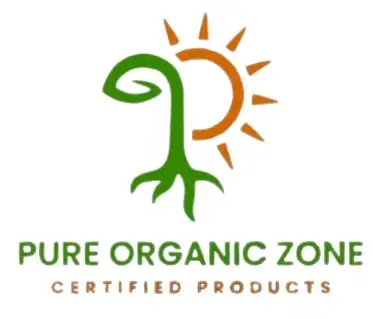




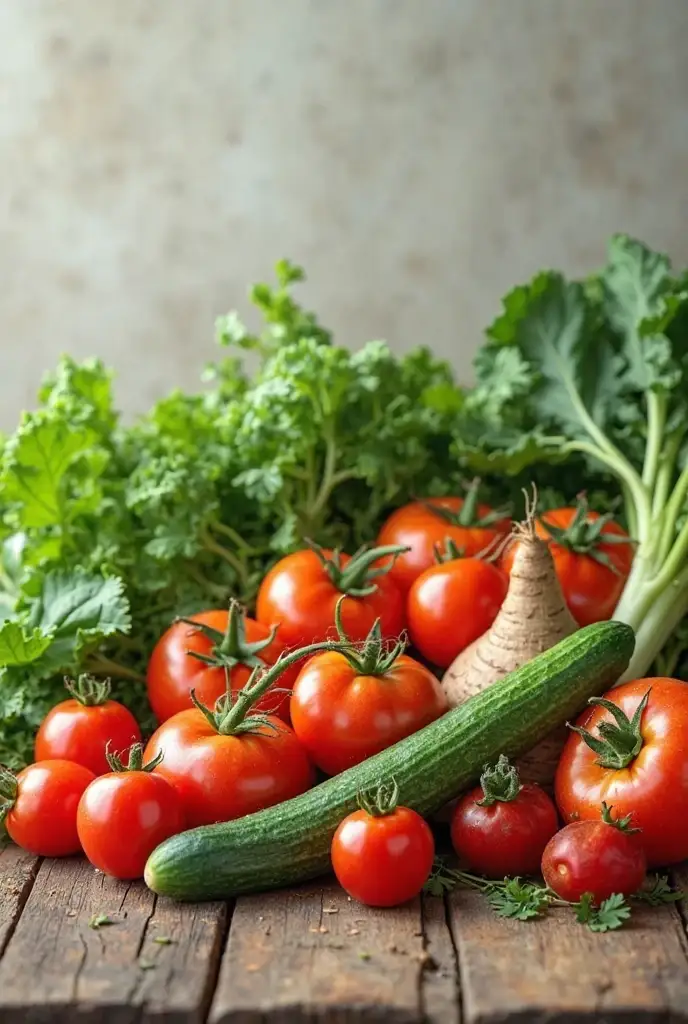

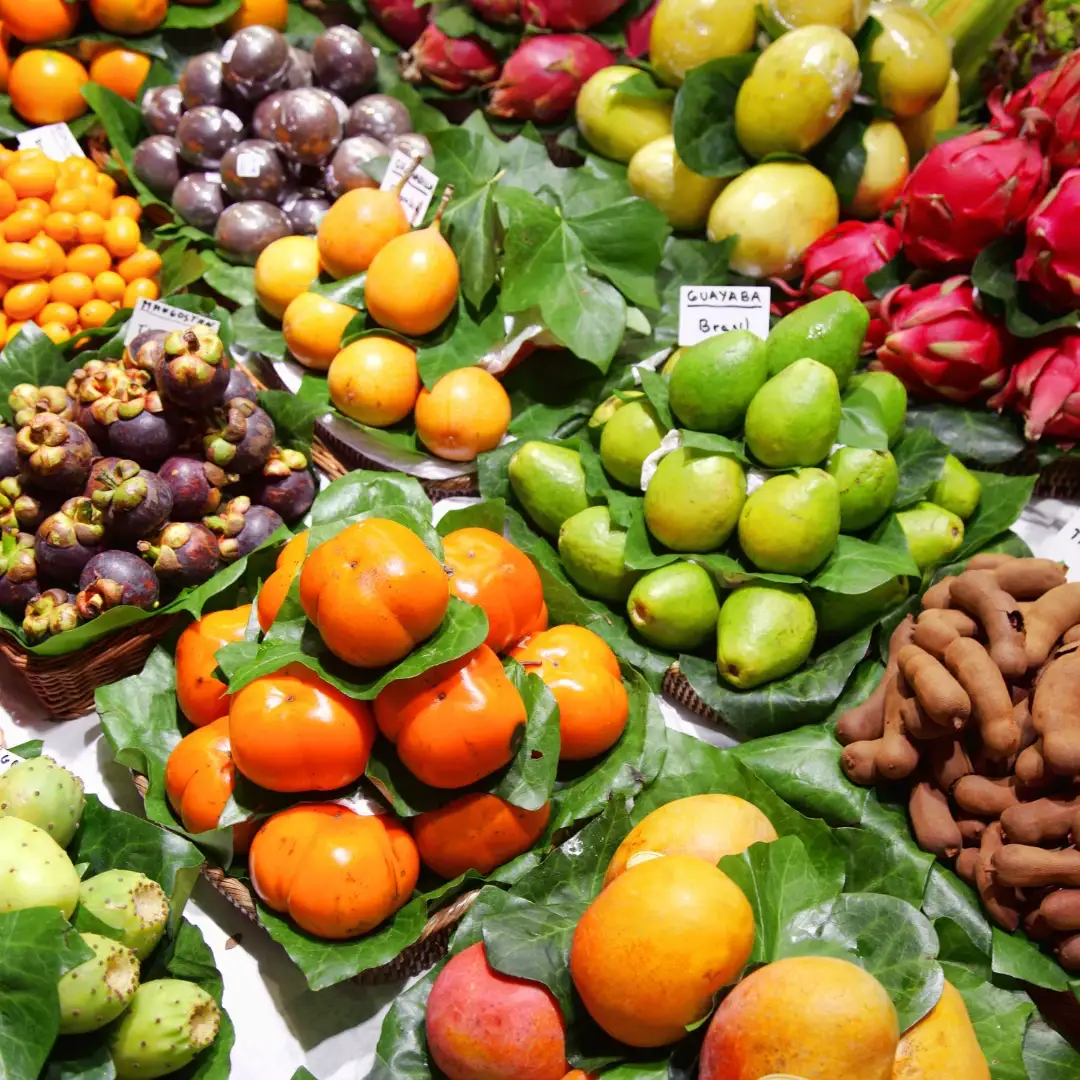



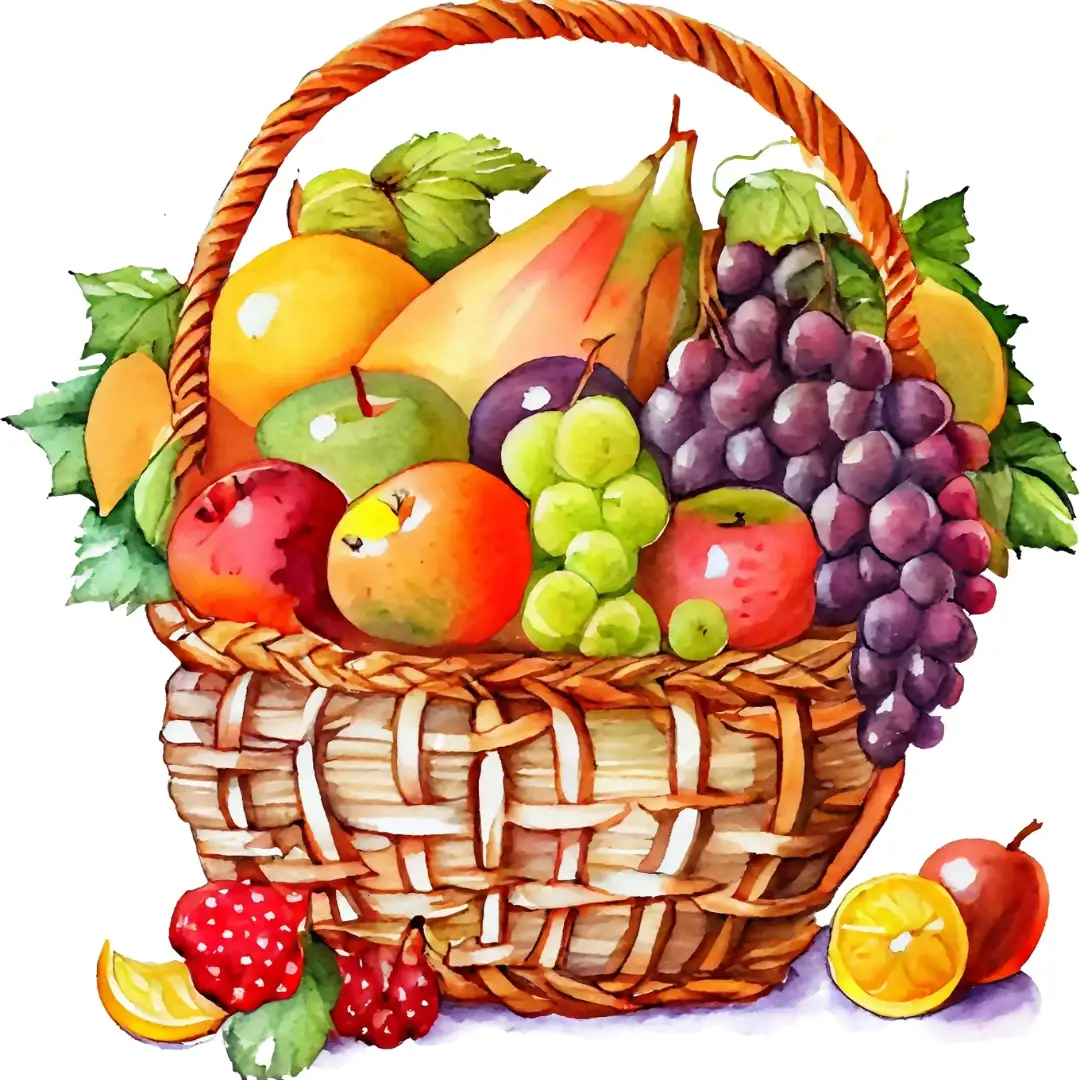

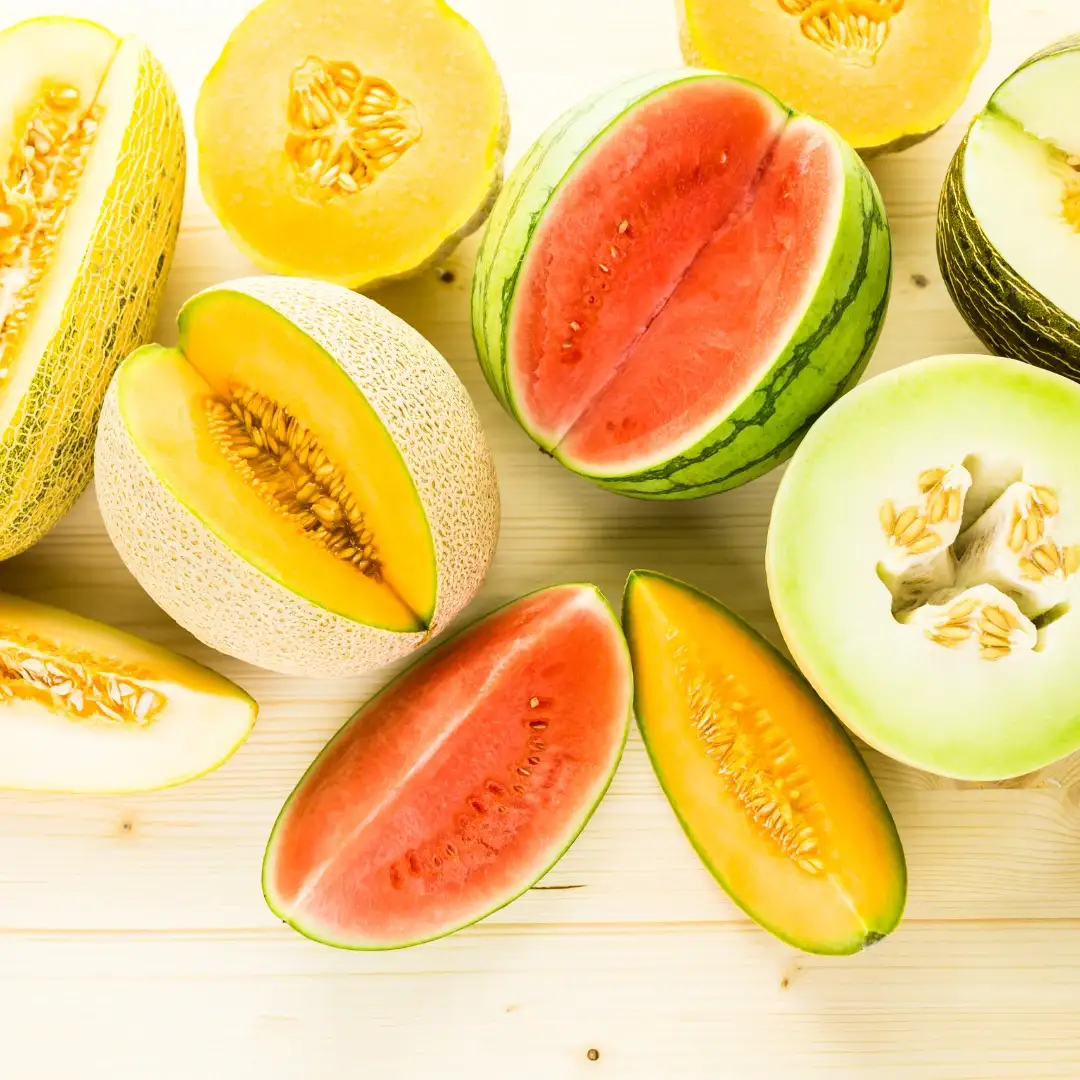



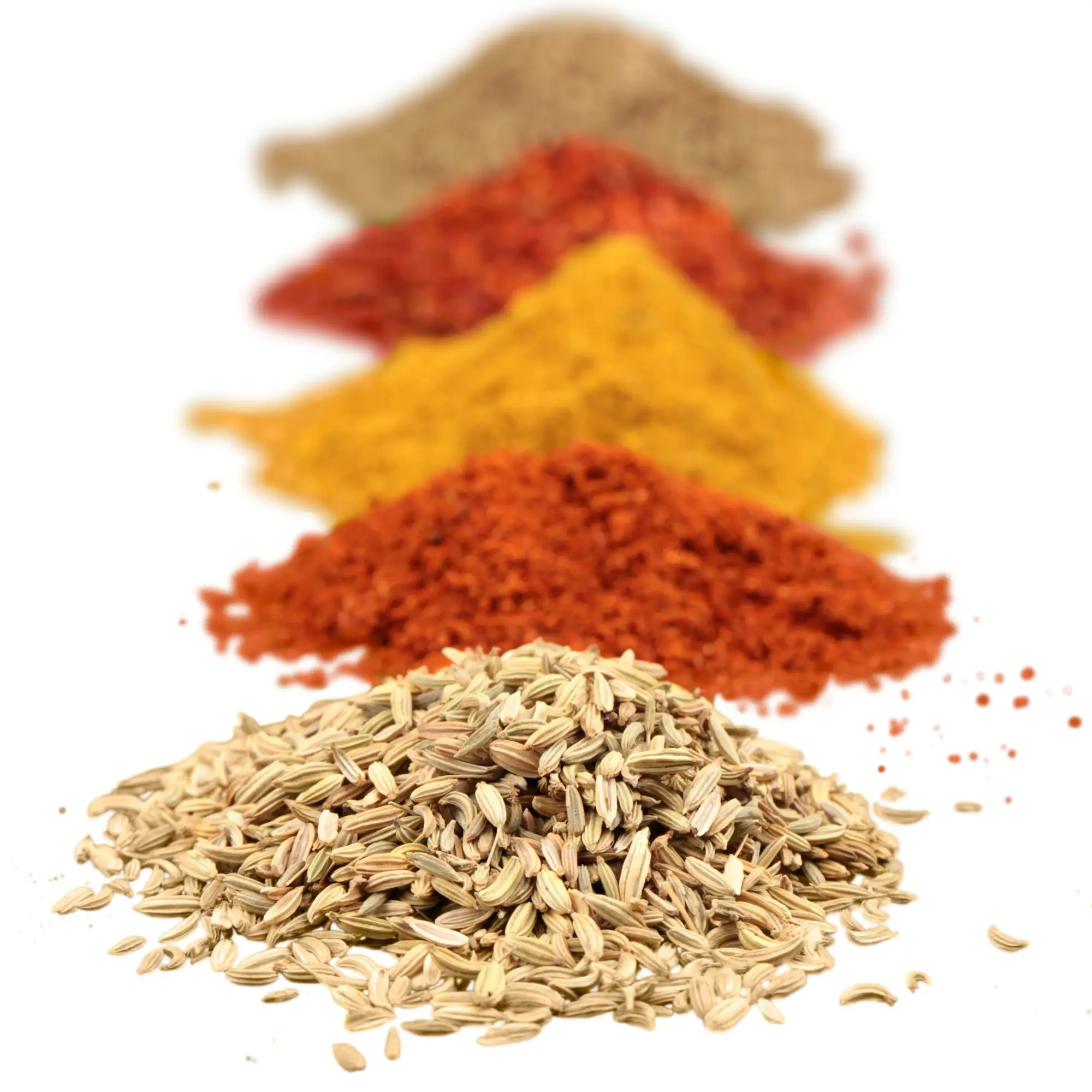
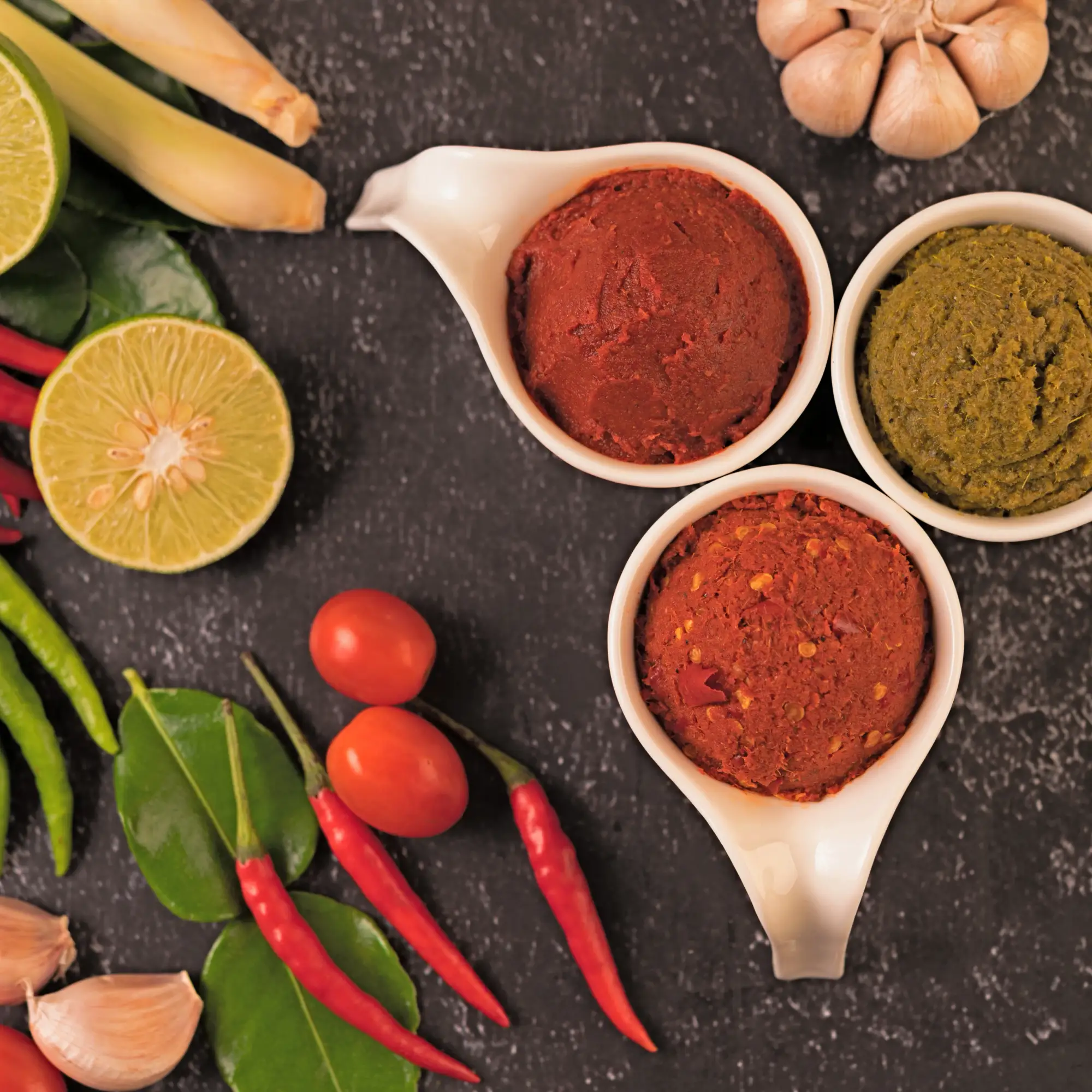

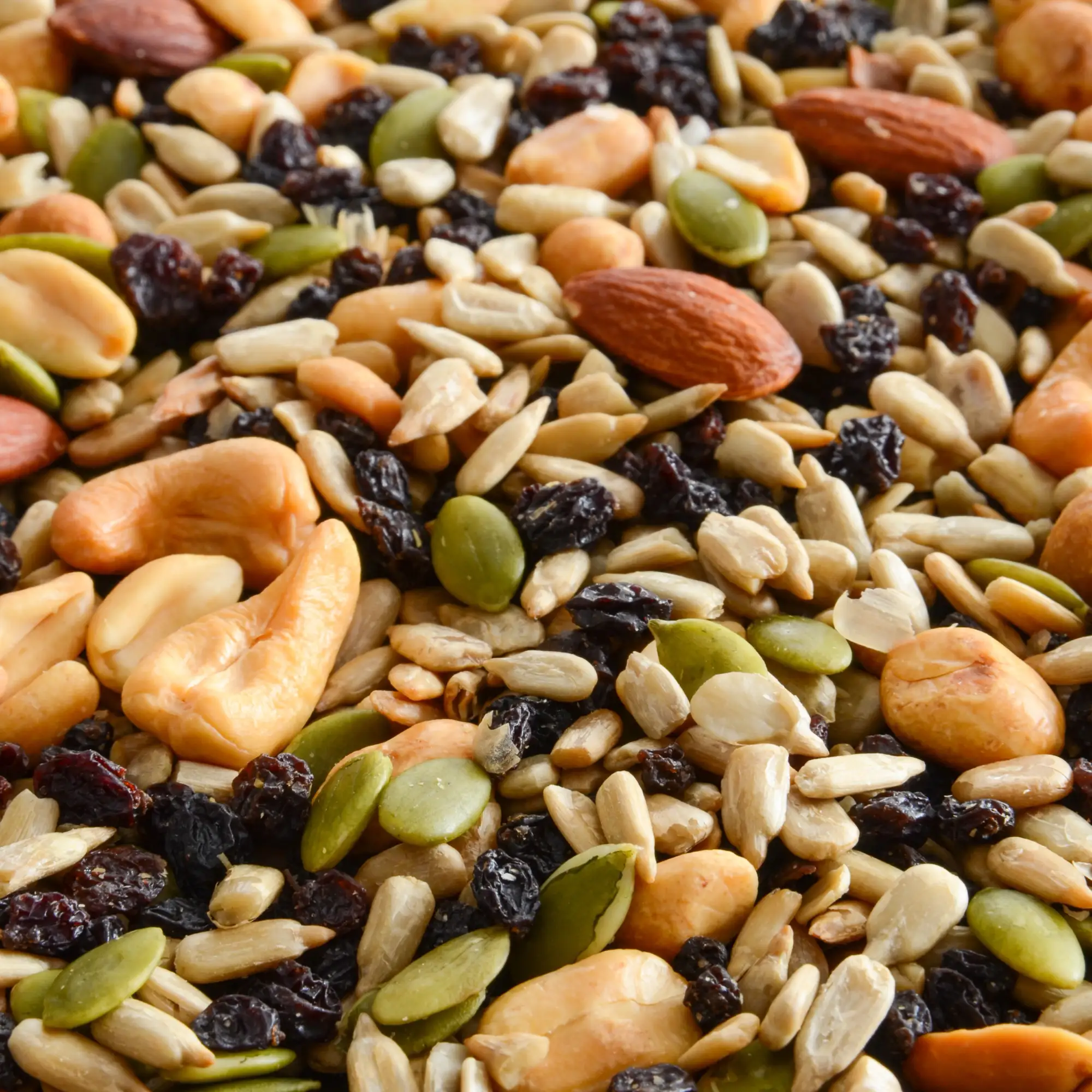


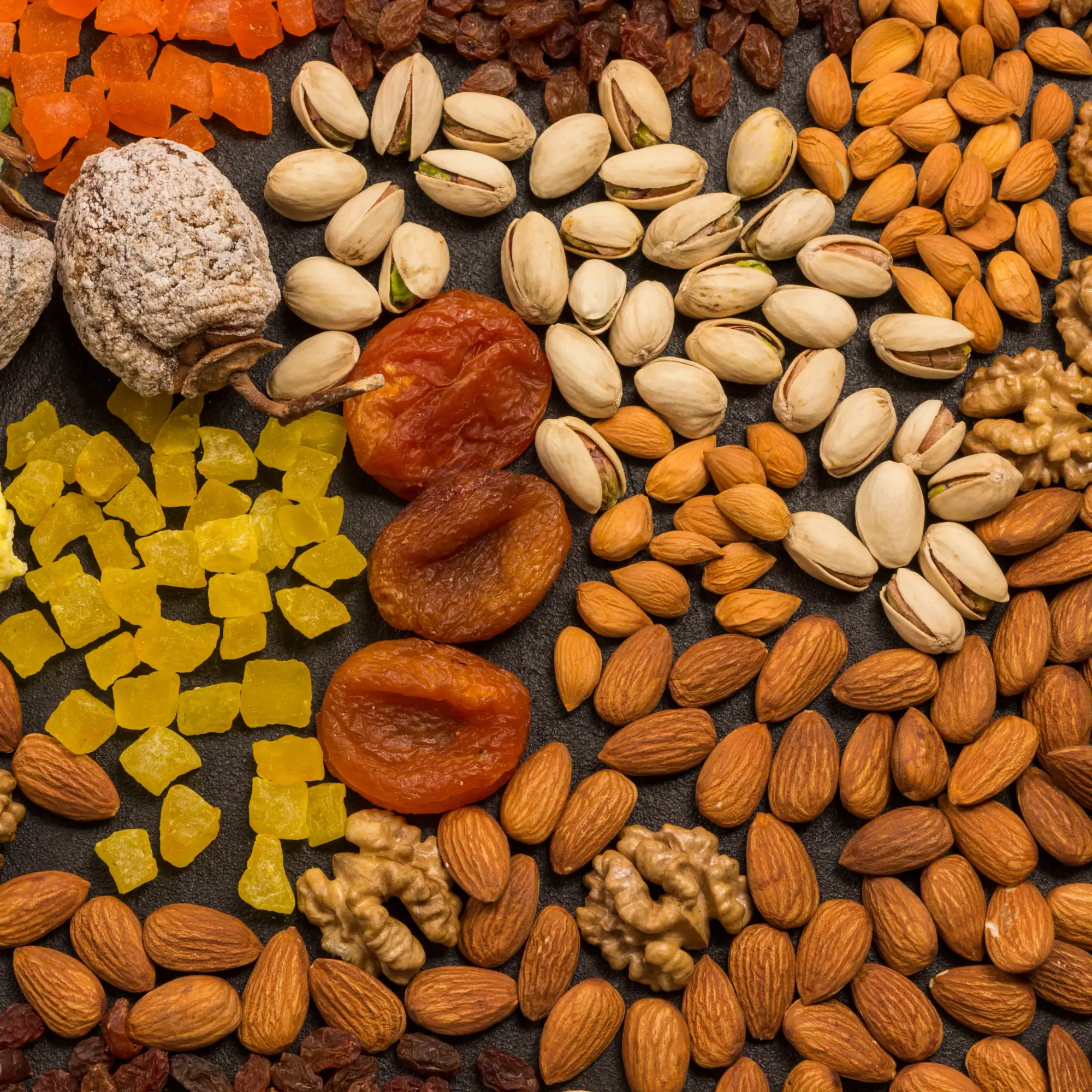
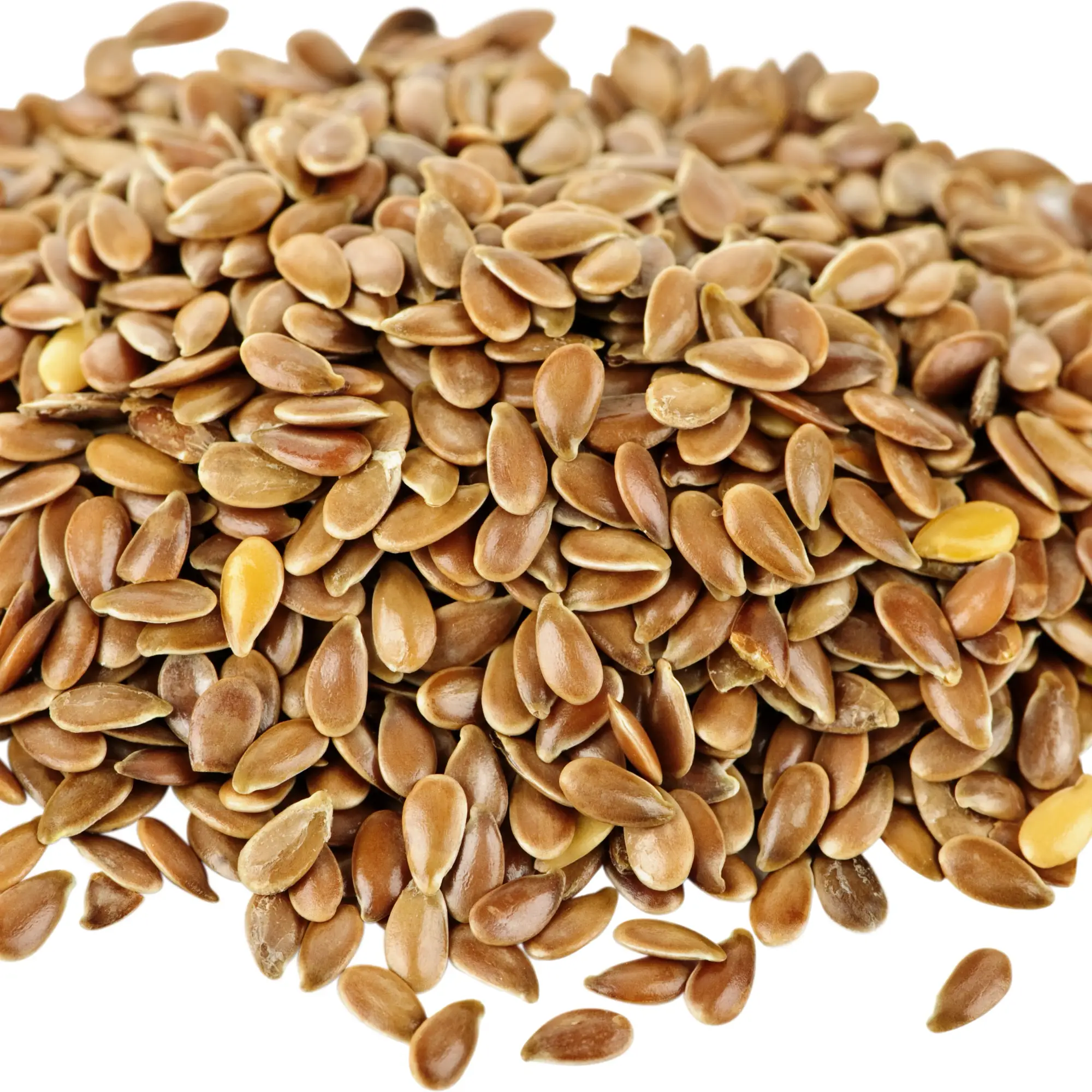


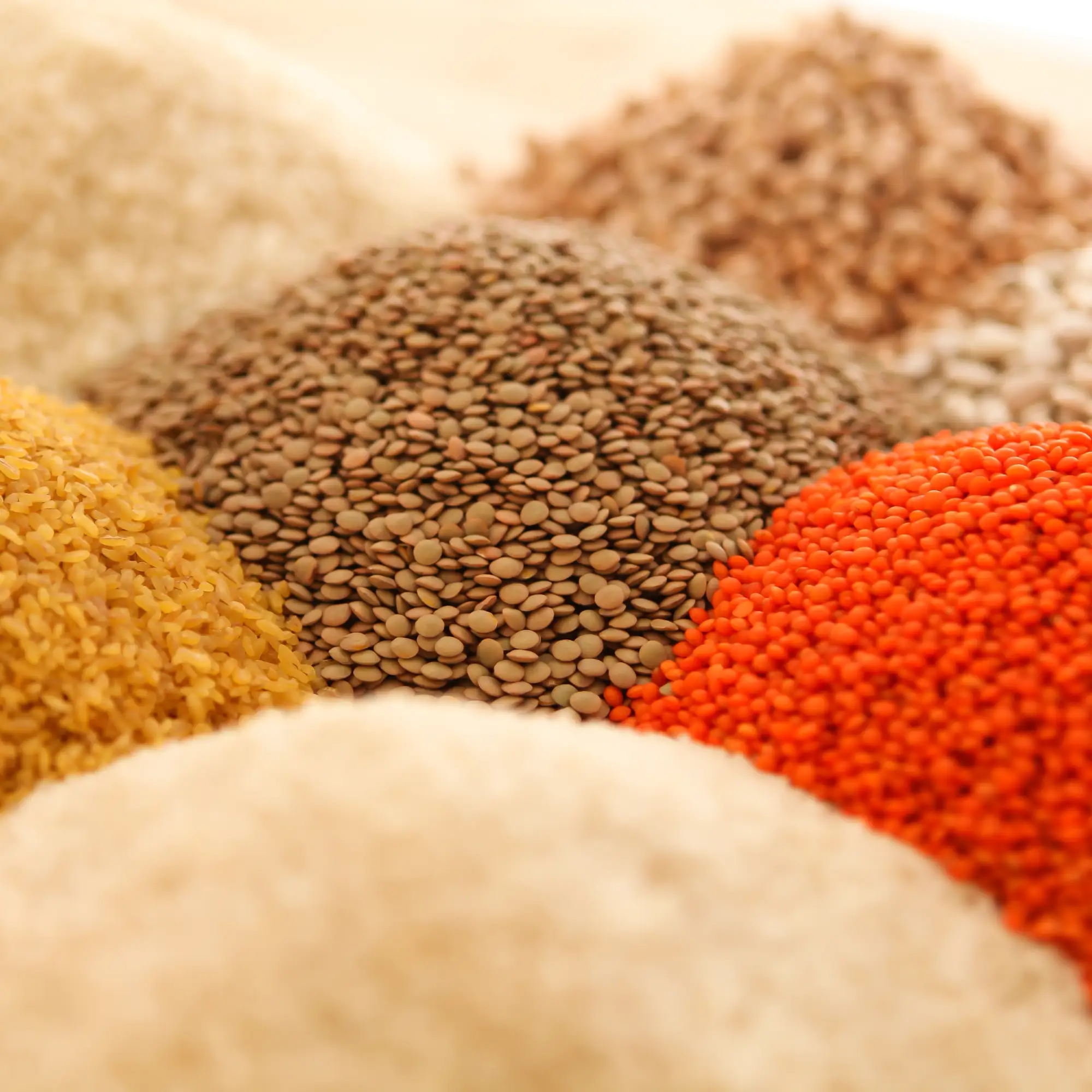


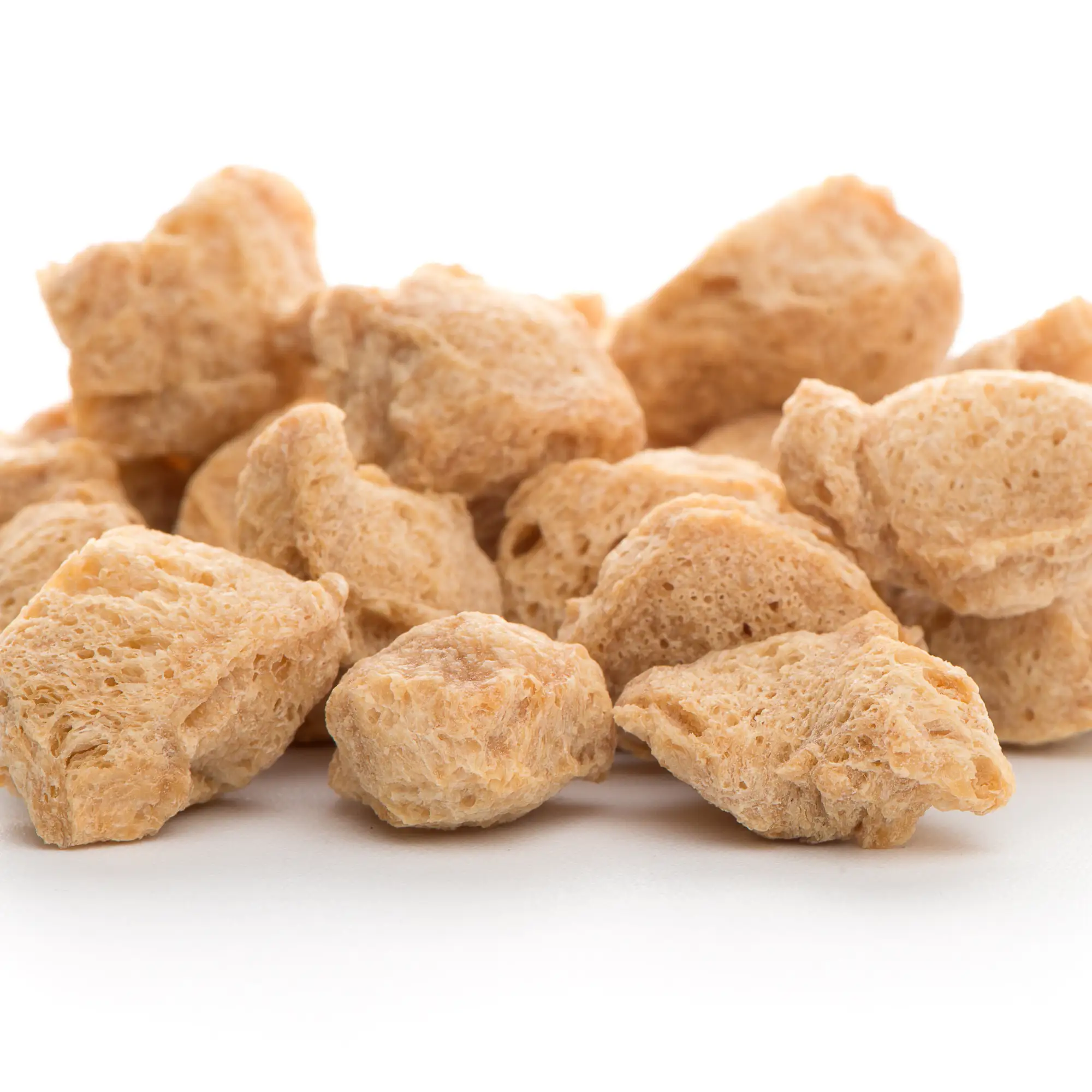

























.png)
